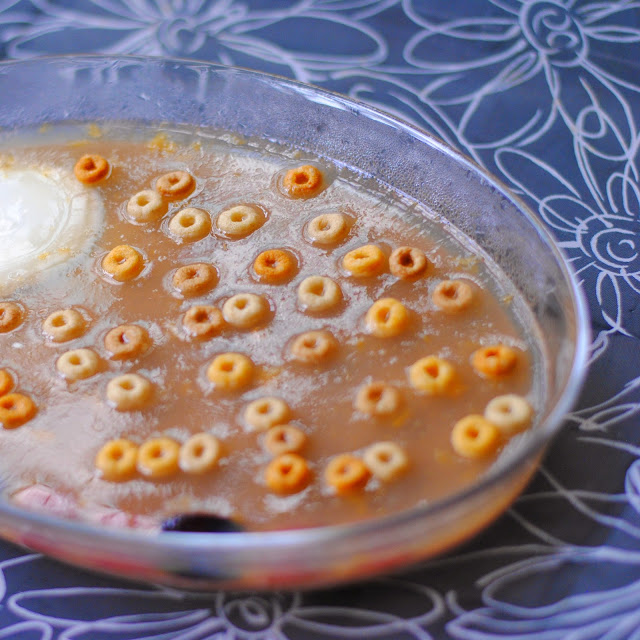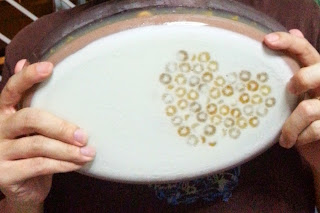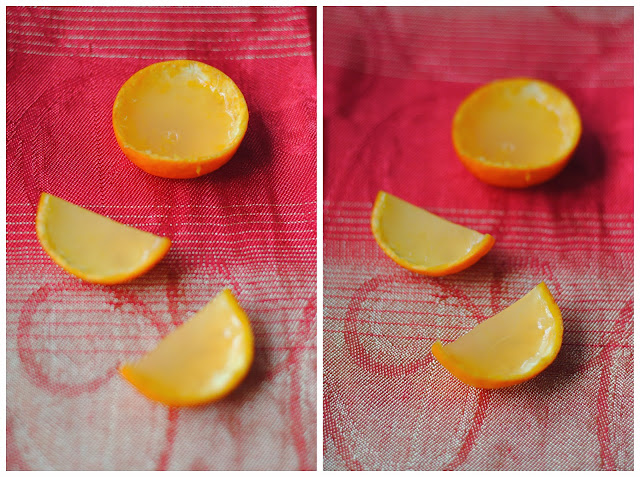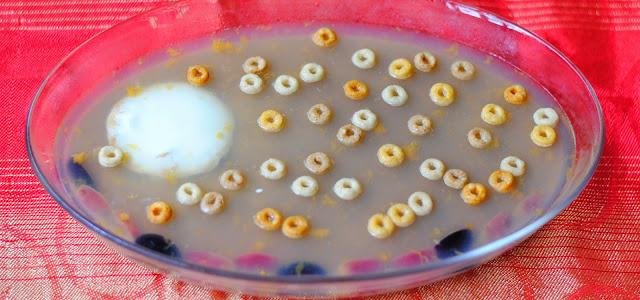"The reason I've managed a modicum of success is because I just keep shipping." ~ Seth Godin in 99% Conference, 200804
In a broader context, "shipping" here means creating and sending stuff out. You "ship" when you deliver something.
The definition includes when you:
- transform your consumption of knowledge into productions of designs, prototypes and masterpieces
- file patents
- deliver a talk / workshop
- sell a (beautiful / useful / innovative) product
- send your creative / fiction / scientific manuscript to publisher(s)
- perform your (music, singing, dancing) talent into tangible digital pieces
- release your work to the world
- debut your latest artwork in a gallery
- startup a company
- ... and the list goes on.
For you who pursue creative endeavors, the requirement to ship is even higher than ever.
To ship with high frequency, you know that you have to overcome some of major emotional barriers in your inner rugged landscape.
The barriers are like high hills and mountains when you are trapped in a valley, or strong currents when you have to move toward the opposite direction. The barriers of insecurity, fear (of failure, imperfection, criticism), inertia (due to procrastination or perfectionism) and resistance will always be there. Sometimes, we forget that we can cross over the barriers, because we are occluded by them.
You, however, have learned strategies to cross over the barriers.
You may have heard of the roles of amygdala, an almond-shaped structure found deep on either side of the brain, that evolved in early vertebrates.
Your amgydala is a wonderful ally. It links sensory (mainly visual and auditory) experience with emotional significance. The emotionally-arousing memories that are formed and stored in amygdala, include those related to fear. For example, if you see a danger approaching, your amygdala learns about the fear stimulus and mediate the associated fight-or-flight responses.
Undeniably, fear is an emotion essential for the survival of our ancestors and ourselves. However, we also subconsciously experience fear in situations when this emotion is inappropriate and discouraging creativity and productivity.
Now, you may be tempted to quiet your amygdala.
While it is impossible to live without fear, despite the adage of "have no fear", you can choose to embrace your fear wisely.
Prioritize your fear. If you can allow your fear of being unproductive to rule over your fear of criticism or perfectionism, you will ship more often.
♥♥♥
The first law of thermodynamics states that energy can be converted from one form to another, but that it cannot be created or destroyed. Since all energy forms are (in principle) interconvertible, it is highly possible to convert your fear into positive energy. The process can be effortless, for the experienced creative converters.
The next question is how to convert the fear into positive energy.
Remember that our body, plants and animals are made up of molecules of atoms. When we eat plant- or animal-based meals, the chemical energy present in their molecules is converted into thermal motion, known as heat energy. The heat energy in turn catalyzes reactions inside our cells.
In an analogous way, you can convert your fear into positive energy, by carefully internalizing the (right) fear and selecting the optimum catalysts to harvest its energy. Think of inner strength such as self-control, discipline, and openness to constructive feedback.
♥♥♥
In Feel the Fear and Do It Anyway (which was rejected many, many times in its shipping attempts to the right publisher), Susan Jeffers highlights that "the initial stages are the most difficult and require the greatest concentration."
Be determined enough to leave the port of your comfort zone.
Ship by the end of the hour, the day, and the week.
A step by a step, even if it is just a tiny one, you weather every rack of internal and external storms and thunders.
Remember to sprinkle and drizzle your journey with a little more courage, passion, perseverance, and patience. You are almost there.
"O Captain! My Captain!"
Be a captain of your ships who just keeps shipping (better and better)!
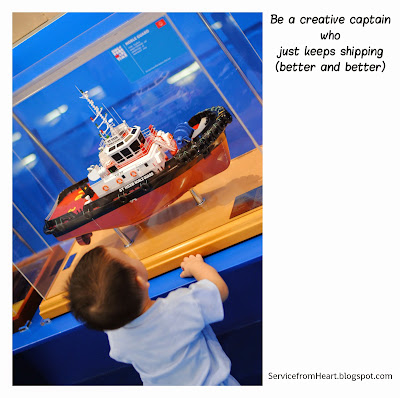
Many thanks
ServicefromHeart
20140624


